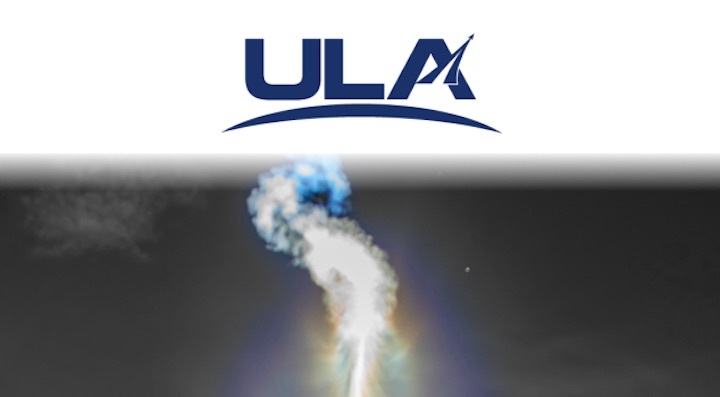17.08.2019

In the 1960s, after a World War II-era V-2 rocket launched from White Sands Missile Range in New Mexico and crashed into a cemetery three miles away from a populated business district, the federal government decided to step in.
From then on, the government would oversee every launch. The Eastern Range, which oversees Cape Canaveral Air Force Station and Kennedy Space Center, was born.
"The government stepped in and said, 'Hey, we don't want this crashing in any buildings or any people, so let's get somebody involved,'" the 45th Space Wing's Lt. Jack Brown said during a media event at the Cape's Morrell Operations Center. "So that's kind of where the range started."
The Air Force and its contractors overseeing the Eastern Range have had an additional goal in mind over the past couple years: To help facilitate 48 launches a year from both KSC and the Air Force station.
Missions in July and those slated for August show how teams might be able to meet the challenge.
Including a SpaceX resupply mission launched from Launch Complex 40 to the International Space Station on July 25, there have already been three flights in the past three weeks from the Space Coast to date. If everything goes according to schedule, that could rise to four launches this month – the most seen in a 30-day period this year – with United Launch Alliance's Delta IV rocket slated for Aug. 22.
"We could easily do 48 launches right now," 45th Space Wing Morrell Operations Center Facilities Manager Kyle Lee said. "In general, a big tempo of 48 will not be a problem because we have the ability to do that based on the flexibility."
The main problem, according to Lee, is being able to keep a steady pace between launches.
Right now, the range might be equipped to launch 48 rockets a year – meaning about once per week with a few weeks of leeway – but the problem comes when multiple launch providers want to launch their rockets within the same week, as was seen last week when both SpaceX and ULA launched within 35 hours.
"Can we even turn the range in less than 12 hours to support a launch on one day, the night before and then launch the next morning? So that's kind of the challenge to the team in the way we think about supporting activities," 45th Space Wing Operations Group Commander Col. Mark Shoemaker said.
To ensure teams are ready for the eventual demand of launching multiple rockets a week, the wing is working to make the appropriate changes:
• Requiring every launch vehicle by 2023 to incorporate the Autonomous Flight Termination System, a program where the rocket's computer can "hit" the self-destruct button in the event of an emergency during launch instead of a person on the ground sending the signal.
"By going to autonomous flight safety system, you're saving 50% of time and 50% of cost because you don't have all this infrastructure up in the range," 45th Space Wing Launch Safety Chief Paul Rosati said. "There's no tracking data that needs to be brought up. There's no telemetry data that needs to be brought up ... it's all on the autonomous flight safety system, a box on the vehicle."
• Confirm each officer is capable of fulfilling every position needed during launch so teams can rotate through operations.
• Conducting simultaneous operations and stationing multiple teams for different tasks to save time.
"We all realize that we have to change with the range and change with the launch customers because they're doing things differently so that means we have to do things differently," 45th Space Wing Spacelift Weather Operations Flight Commander Capt. Jason Fontenot said. "Once we hit 100 plus launches a year, we will need every single body that we have, but it also goes to the fact that we have to start slowing down the team per launch."
Quelle: Florida Today

